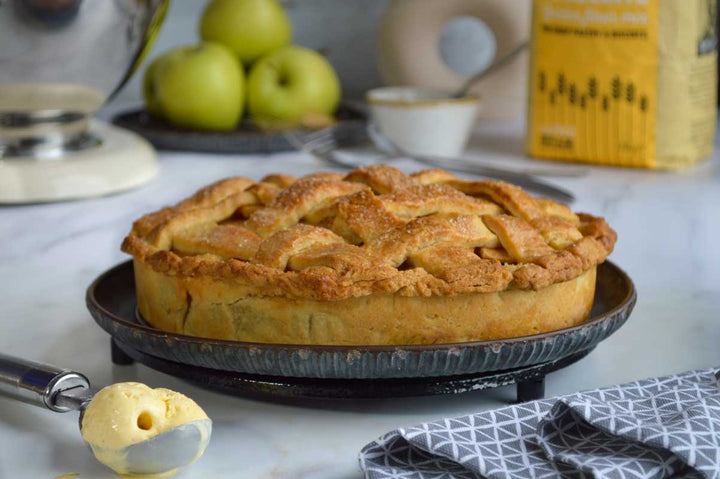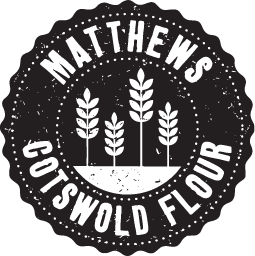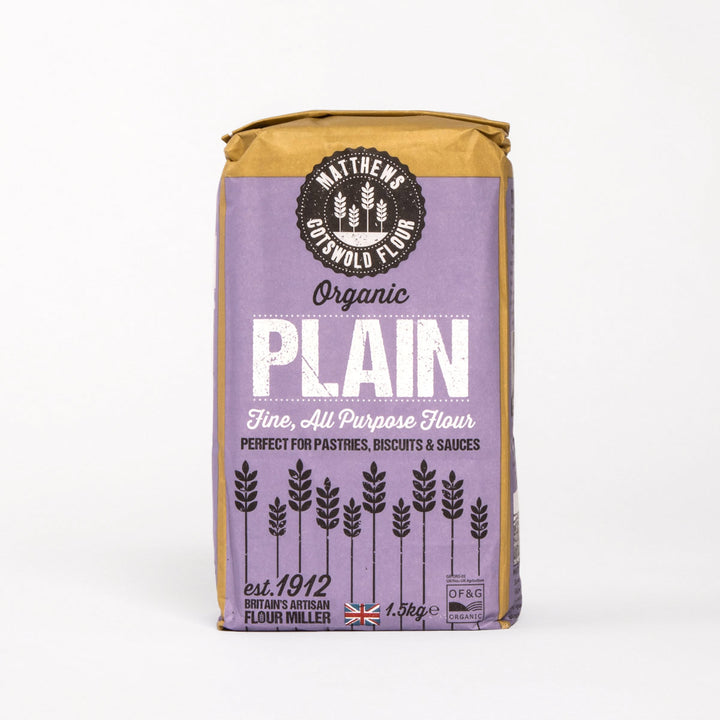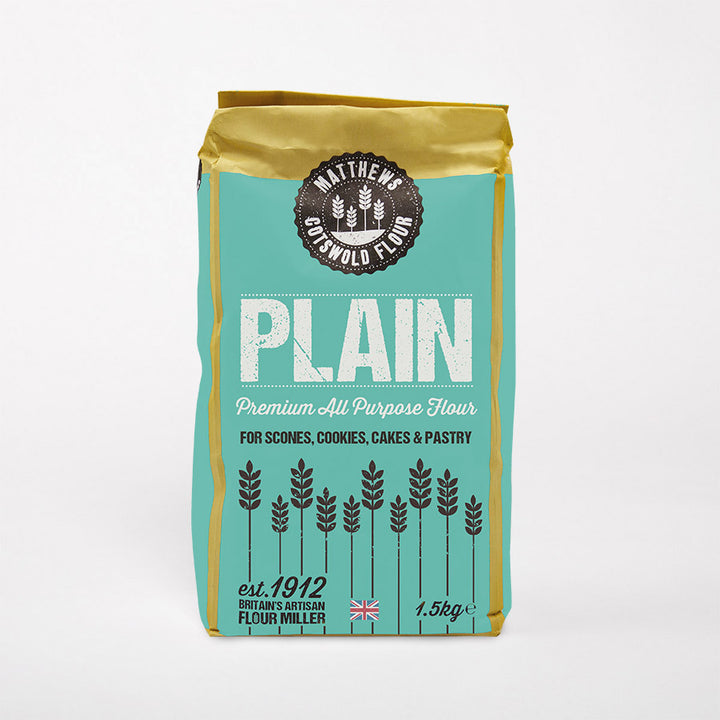Shortcrust vs puff pastry

For me, a pie is all about the pastry! It has to be perfect and needs to hold up against a filling to avoid a soggy mess, so which pastry do you pick? Shortcrust and puff pastry are the two most popular pastries for pies in the UK, and they both have their merits - but what makes them different?

Shortcrust pastry is perhaps the most basic kind (but not any less delicious!). It is a simple dough made with plain flour, butter, and egg or water. The ratios tend to be half the amount of fat to flour which creates a really rich and tasty dough. The fat needs to be rubbed into the flour to make a breadcrumbs texture, then the egg yolk or water can be added - you want just enough to bring it together to a crumbly dough. The trick with shortcrust pastry is keeping it light, you don’t want to work the dough too much or the gluten in the flour will develop and your pastry will be tough! Only working it as much as required will make sure your pie crust is lovely and short. This dough then needs to be chilled before it can be rolled and used to line your pies. Shortcrust in particular works best for a pie which has a pastry top and bottom, as it can stand up to the wet filling being placed on top.
Puff pastry is slightly more complicated - the aim of the game is lamination, or layers! The end result is a delicious flaky pastry with a fantastic buttery taste. For puff pastry a basic dough is made using flour and water before being layered with a slab of butter. The dough/butter sandwich is rolled and folded several times to create more and more thin layers of butter within the dough. In the oven this butter melts and the water content evaporates which creates steam, which puffs up the layers! Although a little more technical, this pastry is very easy once you get your method down! Keeping organised is key, so make sure you make a note every time you complete a rest and fold.
There is another way to make a puff pastry - rough puff is a fan favourite as it has the great taste and texture of puff, but takes half the time and effort! This pastry starts out as a simple flour and water dough, but instead of folding a block of butter into the dough, you freeze your block and grate it onto your sheet of dough. This then gets folded and rolled a few times to help give layers without needing the uniformity of full puff. This is my personal favourite for topping pies like steak and ale or moroccan vegetable - a wetter filling with lots of flavour!
Both pastries are fantastic for making delicious pies - but I would always recommend using shortcrust for your pastry bottom, and puff or rough puff for the top. This will give you a nice crisp bottom which is sturdy enough to hold a filling as well as a lovely flaky top which has the wow factor!
← Older Post Newer Post →









